Uganda, the “Pearl of Africa,” beckons with its stunning landscapes, from the misty mountains of Bwindi to the savannas of Murchison Falls. To truly explore this country, a reliable 4×4 vehicle is essential. The core decision for most independent travellers is: Self-Drive or Chauffeur?
While the self-drive option promises unbridled freedom and a seemingly lower upfront cost, a closer examination reveals that the financial ledger, and indeed the overall experience, is far more nuanced. Unpacking the real cost of a 4×4 car rental in Uganda requires moving beyond the daily rate and considering the hidden expenses, the intangible value, and the true cost of time and stress.
Part I: The Direct Cost Comparison (Daily Rates)
The first step in budgeting is comparing the base price of the vehicle itself. Rates are generally quoted in US Dollars per day and are highly dependent on the vehicle model and rental duration.3
| Vehicle Type (4×4) | Self-Drive (USD/Day) | Chauffeur/Driver-Guided (USD/Day) | Notes |
| Toyota RAV4 (Compact) | $\$40 – \$60$ | $\$60 – \$90$ | Best for budget, couples, and less extreme off-road. |
| Land Cruiser Prado TX/TZ (Mid-Range) | $\$70 – \$100$ | $\$90 – \$130$ | The most common safari vehicle, reliable on rough roads. |
| Safari Land Cruiser (Extended, Pop-up Roof) | $\$150 – \$200$ | $\$180 – \$250$ | Ideal for game viewing with enhanced comfort and features. |
| Driver/Guide Fee | N/A | $\mathbf{\$30 – \$40 \text{ per day}}$ | Added to the base vehicle rate, covers wage, meals, and accommodation. |
Initial Observation: On the surface, self-drive is unequivocally cheaper, saving the traveller roughly $\mathbf{\$30 \text{ to } \$40}$ per day on the driver’s fee.
Part II: Unmasking the Hidden Costs of Self-Drive
The advertised self-drive rate is merely the cost of the car. The true cost of self-driving quickly swells once the necessary logistics and contingencies are factored in.
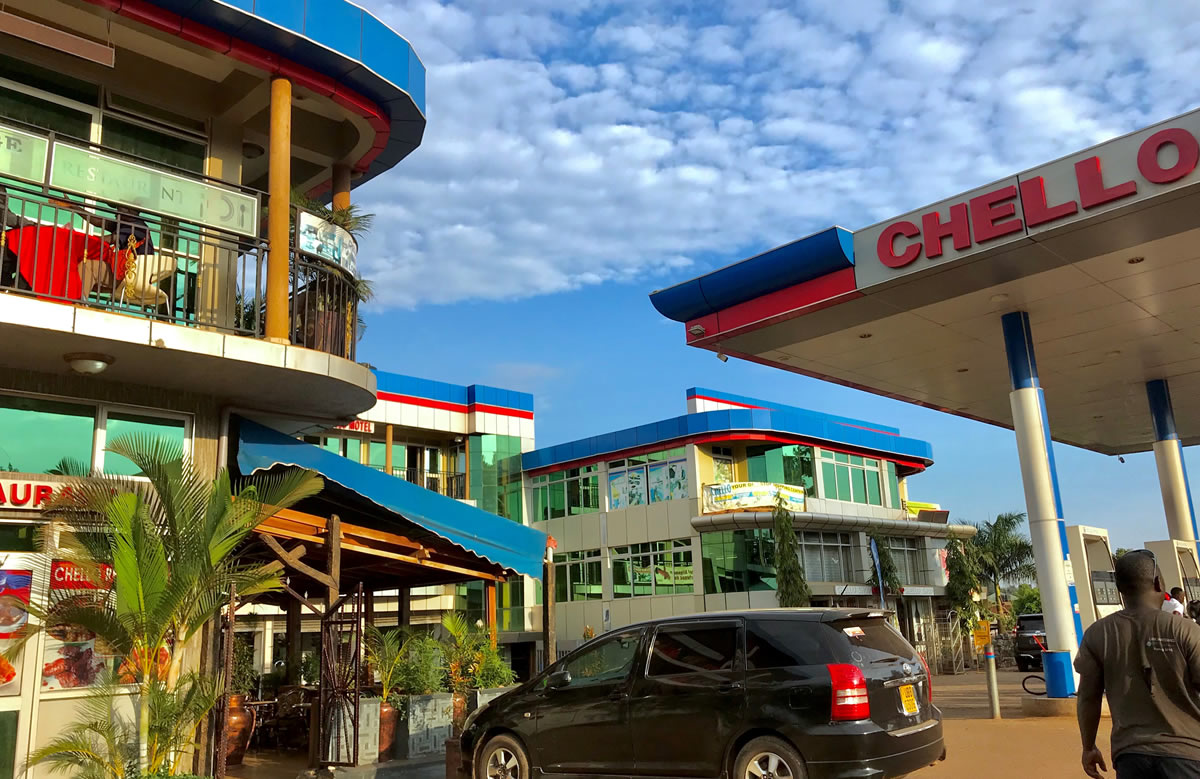
1. Fuel: The Biggest Variable
- Cost Factor: Fuel is rarely included in the rental price. Petrol prices in Uganda are volatile and significantly contribute to the overall trip cost.
- Self-Drive Impact: An unguided itinerary often involves more detours, getting lost, and driving extra miles on vague roads. Remote national parks like Kidepo Valley have sparse stations, leading to potential refuelling at higher-priced, unofficial spots.
- Chauffeur Advantage: A local driver’s intimate knowledge of the shortest, most efficient, and fastest routes minimises unnecessary mileage and fuel consumption, making your fuel budget stretch further.
2. Insurance and Liability
- Cost Factor: Most rentals include basic third-party insurance, but the excess (deductible) in case of an accident is substantial, often ranging from $\$200$ to over $\$1,000$.
- Self-Drive Impact: To reduce this liability, travellers must purchase a Collision Damage Waiver (CDW), which adds to the daily rate. Crucially, basic insurance often does not cover undercarriage damage, tyre punctures, or windscreen cracks—all common risks on Uganda’s rough, unpaved roads. The entire financial risk of a breakdown is on your shoulders.
3. Permits, Fines, and Extras
- Permits: An International Driving Permit (IDP) is highly recommended to accompany your home license to avoid complications at police checkpoints.
- Fines: Unfamiliarity with local traffic laws (speed limits, right-of-way, and police etiquette) increases the risk of receiving a fine or encountering requests for unofficial ‘facilitation’ fees.
- Necessary Extras: GPS/local SIM for navigation, camping gear, and extra jerrycans for fuel can add an additional $\mathbf{\$10 – \$20 \text{ per day}}$ to the self-drive total.
4. The Cost of Time and Stress
This is the most critical and hardest-to-quantify self-drive cost.
- Navigation Nightmare: Kampala’s traffic is notoriously chaotic. Outside the city, signage is often poor or non-existent. Time spent deciphering maps, asking for directions, and navigating gridlock is time not spent on holiday.
- Mechanical Burdens: Dealing with a flat tyre (or worse, a minor breakdown) on a remote track is a significant time and stress sink. The self-driver is the one responsible for coordinating roadside assistance and waiting for help.
- Security: Finding safe, guarded overnight parking in remote areas is the driver’s sole responsibility.
Part III: The Value Proposition of a Chauffeur/Guide
Hiring a driver-guide is not simply paying for a chauffeur; it is purchasing an all-inclusive upgrade to the entire travel experience. The daily fee of $\$30-\$40$ covers:
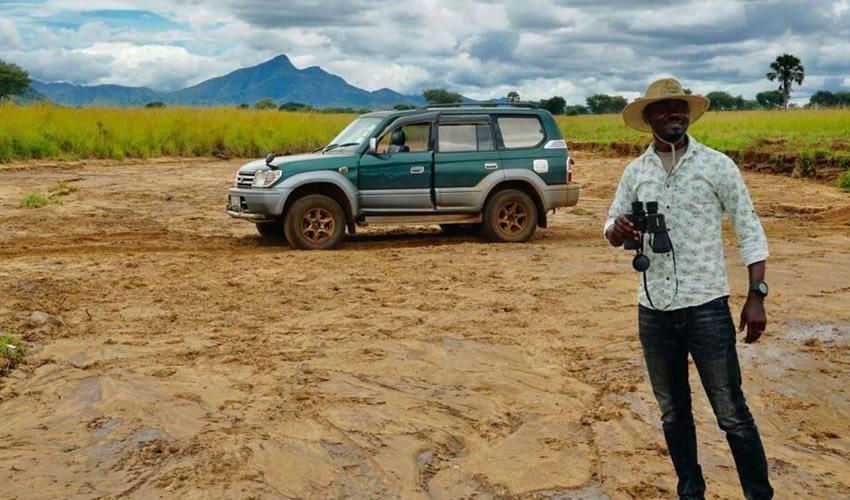
| Chauffeur Advantage | Value to the Traveller |
| Expert Navigation & Route Optimization | Saves significant time and fuel. Eliminates getting lost and navigating chaotic city traffic. |
| Local Knowledge & Translation | A guide is a translator, cultural ambassador, and logistics expert. They know where to find the best local meals, secure guarded parking, and manage campsite check-ins. |
| Mechanical & Emergency Support | They are often trained mechanics capable of handling minor repairs (tyre changes, fluid top-ups) quickly and efficiently, preventing minor issues from becoming day-long delays. |
| Safari Guide Expertise | Many drivers are Uganda Wildlife Authority (UWA) trained guides. They know animal behaviour, where to spot elusive species, and how to operate the pop-up roof (if applicable) for the best photos. |
| Safety and Security | They are familiar with safe driving practices, local road hazards, and are vital in communicating at police checkpoints, often reducing or eliminating potential hassle. |
| Worry-Free Liability | The driver is responsible for the vehicle, its security, and dealing with any accidents or breakdowns. Your insurance liability is significantly reduced. |
Part IV: The Final Equation – Total Trip Cost
To illustrate the financial convergence, consider a 10-day Mid-Range Safari using a Land Cruiser Prado:
| Cost Item | Self-Drive (10 Days) | Chauffeur/Guide (10 Days) |
| Vehicle Rental ($\$85$/day average) | $\$850$ | $\$850$ |
| Driver Fee ($\$35$/day) | N/A | $\$350$ |
| Collision Damage Waiver (CDW) ($\$15$/day) | $\$150$ | N/A (Driver is liable) |
| Estimated Extra Fuel/Detours | $\$100$ | $\$25$ |
| GPS / SIM Card Rental ($\$5$/day) | $\$50$ | N/A (Guide uses own) |
| Tipping (Driver) | N/A | $\mathbf{\$100}$ ($\$10$/day, customary) |
| Hidden Fines/Small Costs (Estimate) | $\$50$ | $\$0$ |
| Total Estimated Cost | $\mathbf{\$1,200}$ | $\mathbf{\$1,325}$ |
The Real Cost Revelation: For this 10-day trip, the difference between a fully-inclusive chauffeur experience and a stress-laden self-drive is only about $\mathbf{\$125}$. This minimal difference is a small price to pay for the massive gain in safety, peace of mind, expert guidance, and time saved.
Conclusion: The Value of Peace of Mind
The self-drive option in Uganda is best suited for the experienced African road-tripper who prioritises maximum spontaneity and is comfortable handling roadside repairs, police checks, and complex navigation.
For the vast majority of travellers seeking a memorable, stress-free safari, the chauffeur-driven option is the superior value proposition. The extra $\mathbf{\$30-\$40}$ per day is an investment that converts your journey from a challenging drive into an authentic, educational, and relaxing holiday, where a local expert handles all the logistics, allowing you to focus on the spectacular views of the Pearl of Africa. When you hire a driver, you are buying back your holiday time.
Planning to rent a car in Uganda for self drive or with a driver-guide evaluating the costs of each option will help you make the right decision when booking. To inquire about booking a rental car, simply contact us now by sending an email to info@ugandasafaribookings.com or calling us on +256-700135510 to speak with the reservations team.
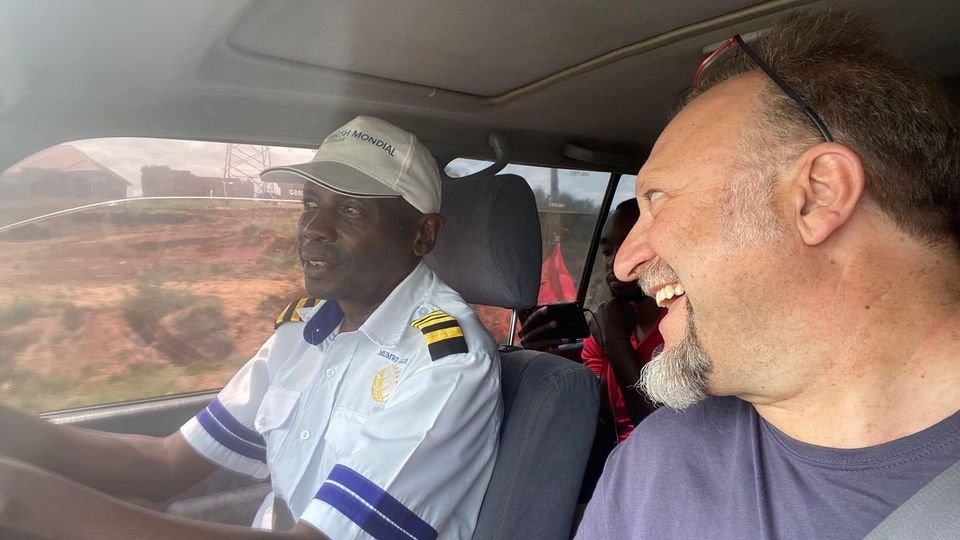

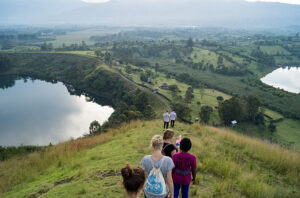
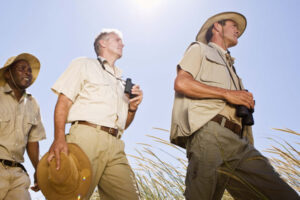
More Articles
Top 20 Most Popular Wild Animals In Uganda
Beyond Gorillas: Hidden Gem Safaris in Uganda Tourists Miss
Kampala Unlocked: 10 Must-Do Experiences in Uganda’s Capital